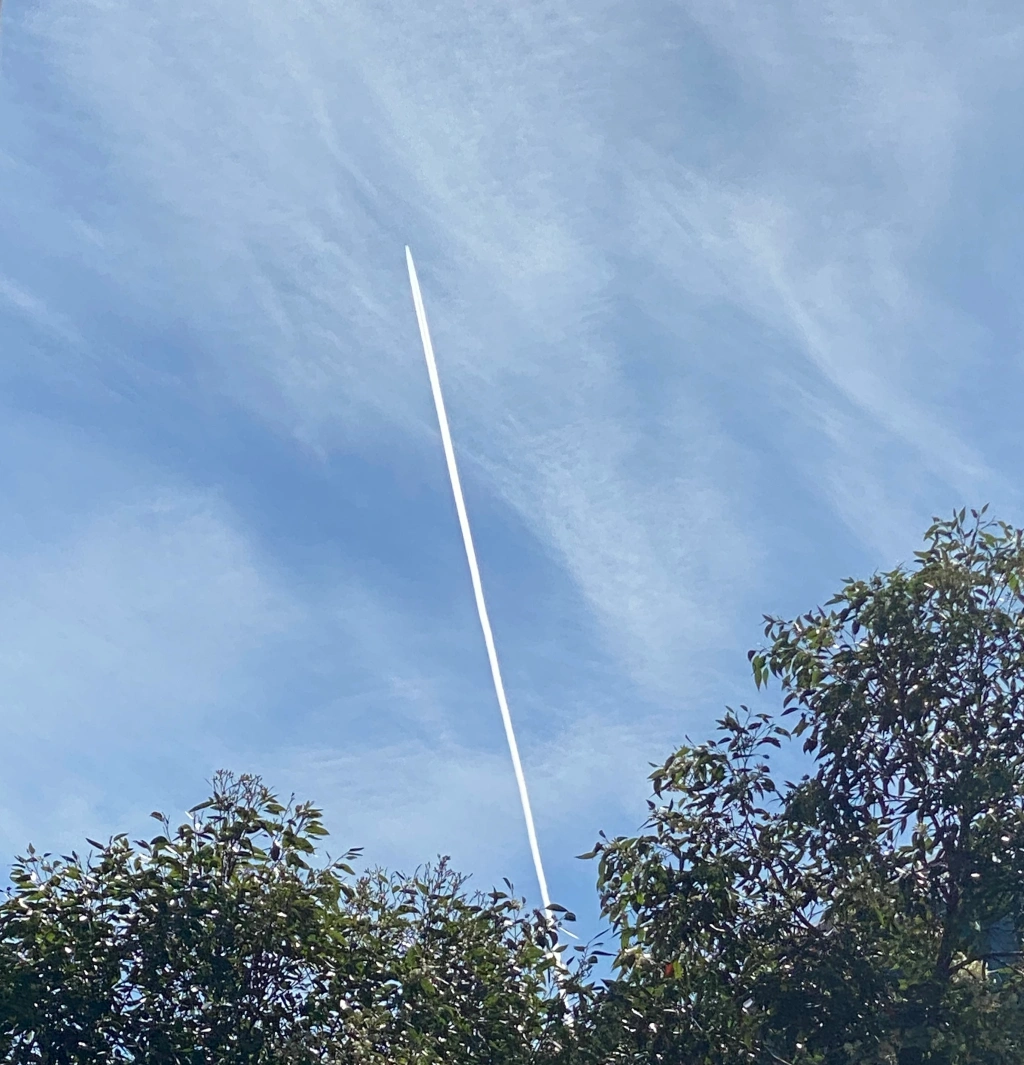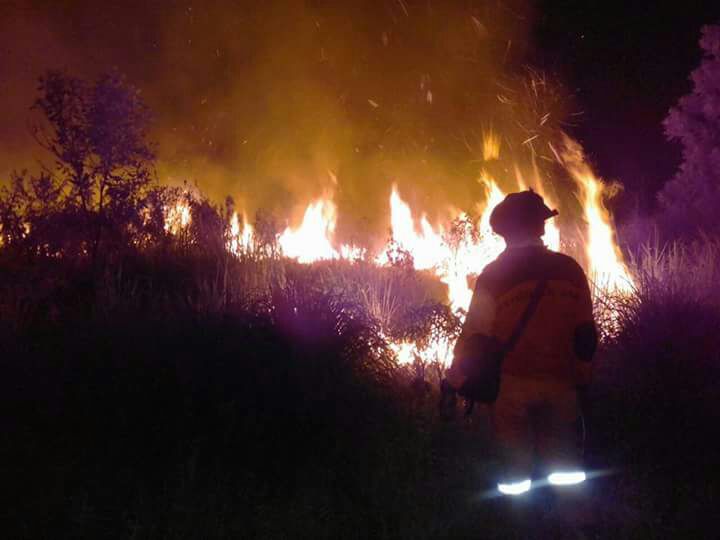Chatting with a friend yesterday the conversation drifted to the rapid adoption of Facebook here in Indonesia. In 12 months to November 2009 the number of Facebook users reached 11.76 million, a 700% increase over the preceding 12 months to November 2008. These figures are based on a Nielsen ‘Online Global Customer Study’ published in the Dec09 – Jan10 edition of the Indonesian magazine Warta Ekonomi .
Observing this development herself, my friend suggested that a lot of people had started using the Internet merely because of Facebook and the desire to communicate with friends who were already using it. Certainly this confirms my own observations over the past 9 months. Suddenly, many people that I know from Indonesia started using Facebook, some even leapt straight into using it for business related purposes.
They don’t use it the same way we do. We’re early adopters. From the beginning we used it for researching, writing, communicate about important issues, collaboration and so on.
That she was right, was very clear to me.
Yes, it seems this most recent wave is more likely to be consumers that producers on line. I know with the so called digital natives, there’s often that tendancy. If they want to know something they go straight to Wikipedia.
What’s wrong with that?, asked her 16 year old son.
Having consistently tried to encourage a more adventurously investigative attitude amongst Australian students I had an answer.
Wikipedia is a snapshot of varying reliability. It depends on the quality and accuracy of the contributors. At best it’s a jumping off place to other resources. The point is to learn how to construct searches that take you deeper into the Web, that get you closer to primary sources of information.
He looked interested. Can you do that?, he enquired
Yes, by using key words or grouping words in the exact combination you want to find and just enclosing them in inverted commas, is a good place to start. This is about the simplest approach we can use, but it’s really a matter of experimenting, in the end you’ll become quite skilled.
I was playing with my iPhone, absently mindedly at first, then opening Tweetie for a quick check on Twitter.
Sorry folks, I’m multitasking, I said apologetically
Ironically there was an interesting Tweet from Lyndon Sharp.
“Blogs: 95% of stories came from traditional media & 83% stories were repetitive, conveying no new information. http://bit.ly/5xCzq5”, he wrote.
I made a mental note to go back and read the article which is titled “Study Claims that Newspapers NOT Blogs, Still Dominate the News”. When I did go back I found there was a path back through two levels of blogging to original research published by the Pew Research Center’s Project for Excellence in Journalism
The fundamental question posed in the research was “Where does the news come from in today’s changing media?” I didn’t need to read far before I encountered the following statement:
The study, which examined all the outlets that produced local news in Baltimore, Md., for one week, surveyed their output and then did a closer examination of six major narratives during the week, finds that much of the “news” people receive contains no original reporting. Fully eight out of ten stories studied simply repeated or repackaged previously published information.
And of the stories that did contain new information nearly all, 95%, came from traditional media—most of them newspapers. These stories then tended to set the narrative agenda for most other media outlets.
The findings don’t allow attribution of much significance for real news dissemination to the new media. Indeed the expanding universe of new media, including blogs, Twitter and local websites—at least in Baltimore, the report says, played only a limited role: mainly an alert system and a way to disseminate stories from other places.
The report went on to make some vital points about attribution of sources.
In the growing echo chamber online, formal procedures for citing and crediting can get lost. We found numerous examples of websites carrying sections of other people’s work without attribution and often suggesting original reporting was added when none was.
This is something I’ve noticed with original material from this Blog.
The conversation resumed but we drifted onto other subjects like projects we were planning for the future.
What I wanted to discuss but didn’t, and what was unfolding in my mind as we chatted, were the implications of Web2.0 adoption in Indonesia. The Warta Ekonomi article mentioned the role of Web2.0 in supporting print media. In particular they referred to CNN‘s reliance on Twitter during the bomb blast at Kuningan, in Jakarta. I wasn’t certain exactly what this referred to but a quick search under “Kuningan Bomb Blast” brought me straight to the CNN iReport site at the head of the Google search list. Floating above the relevant page was a pop-up that read:
Welcome to iReport, where people take part in the news with CNN. Your voice, together with other iReporters, helps shape how and what CNN covers everyday.
So you know: iReport is the way people like you report the news. The stories in this section are not edited, fact-checked or screened before they post. Only ones marked ‘CNN iReport’ have been vetted by CNN.
A further comment explained that “iReport is a user-generated section of CNN.com. The stories here come from users.”
The reports referred to another tragic bomb blast in July 2009.
That’s explains it I thought, as I read the date, I was in Scotland. I do have a hazy recollection now that I think about it.
The blast was again at a JW Marriott Hotel in Jakarta. Fortunately, this time the death toll was small, only six fatalities, with about 50 people were injured, according to CNN.
My recent visit to Jakarta confirmed that this is a city intent on avoiding repetition of such incidents. Now any major centres servicing the international community or local elites, has tight security. Car boot (trunk) searches are mandatory, so too are scans under vehicles, using mirrors. My attempt to photograph one such operation, at the entrance to a Five star hotel, on Jl Thamrin, was quickly warned off.
Indonesia isn’t a wealthy country. Elsewhere on this blog there are some figures on the minimum wages in Jakarta and the rate of inflation. Any casual observations will confirm that there is a clear presence of poverty in the city. So in this context, how are people adopting Web2.0 tools like Facebook and Twitter? The answer is simple, mobile phones.
Smart is a phone company in the Kebon Sirih area of Jakarta. The following shot was taken just outside the entrance to the Smart factory.

The sign reads Free Facebook, chatting and browsing 100 days unlimited only Rp399,000 (about AUD47). I assume it’s a monthly rate. Certainly, in places like Indonesia, far more than in the developed world, mobile phones are the way into Web2.0. The rate and extent of uptake depends principally on general economic conditions and, in particular, the economic strength of the middle class.




Leave a comment